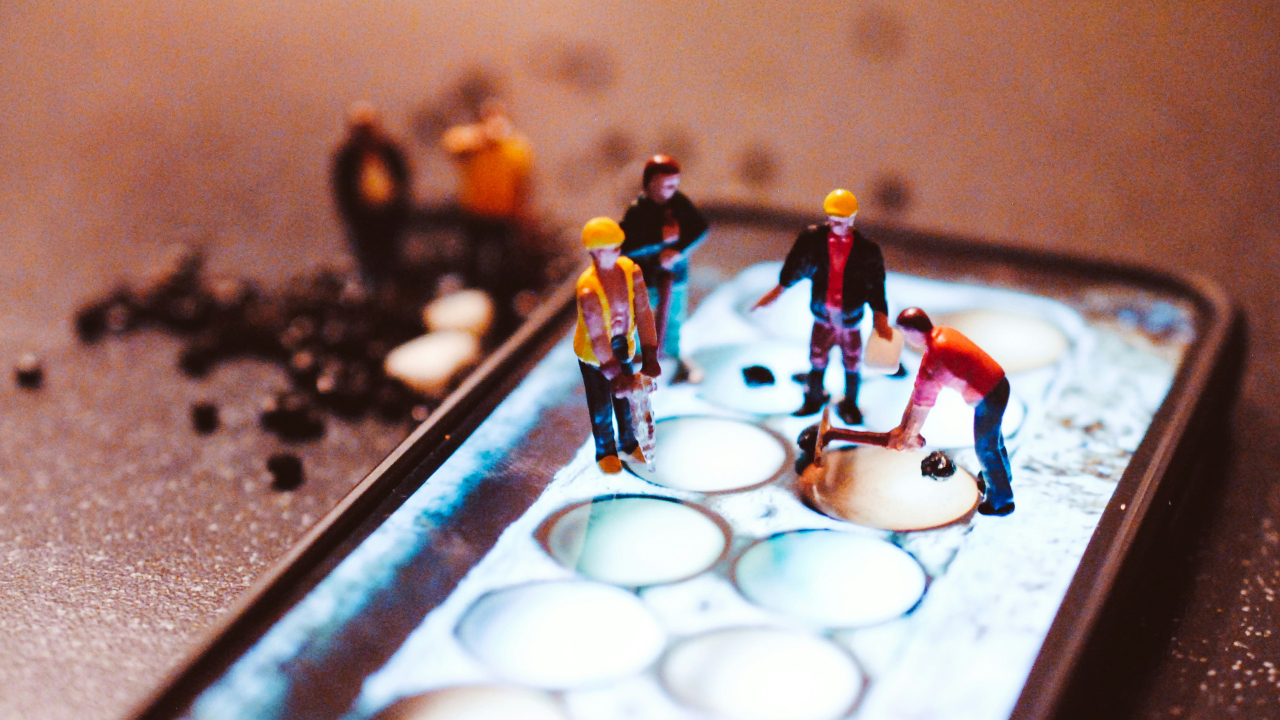PLAY TO LEARN, LEARN TO CHANGE THE WORLD
PLAY TO LEARN LEARN TO CHANGE THE WORLD In an era shaped by social media, smart technologies, and a hyper-connected digital world, education must evolve. It is no longer a luxury to reimagine education for the Digital Generation, it is now deemed an urgent necessity. Today’s learning experiences must be interactive, meaningful, and socially connected, blending agility, play, and purpose. Gamification offers a powerful way to do just that.

The Power of Play in Learning
Games have always been an essential part of culture, offering entertainment, social connection, and skill-building. Now, they can also be a smart, effective, and enjoyable way to learn.
The shift from traditional lecture-based, passive education to a game and project-led learning methodology creates space for students to engage with newly acquired knowledge. This approach encourages active participation, nurtures creativity, reinforces skills and knowledge, and promotes social bonds, all while making learning fun.
Why Gamification Works in Education
Gamification addresses many of the key challenges in conventional education. It turns learning from a routine, disengaging activity into one that is active, dynamic, and inspiring—for both students and educators.
Here are some of the most impactful ways gamification enhances education:
-
Boosts engagement and motivation
-
Enhances understanding and retention of knowledge
-
Encourages critical thinking & problem solving
-
Shifts from rote memorization to practice and experimentation
-
Offers instant feedback & rewards
-
Promotes collaboration and healthy competition
-
Makes abstract concepts tangible
-
Transforms routine learning activities into enjoyable learning journey
While digital tools have modernized education, they also introduced challenges, including excessive screen time, information overload, and a disconnect from the real world. Here, non-digital games offer a compelling solution for these issues. They promote creativity, build life skills, increase the engagement, stimulates real world situation, and strengthen peer collaboration in a more balanced and immersive way.
Gamification brings theory into practice, abstracts into real-world examples, and passive learning into proactive experiences. It transforms the acquisition of knowledge into a joyful and impactful journey.
Gamification in Action: The Greening Education Partnership (GEP)
One powerful example of gamification in global education is the Greening Education Partnership (GEP), led by UNESCO. This global initiative aims to integrate climate and environmental literacy into schools and universities worldwide, ensuring that “Every Learner is Climate-Ready” and equipped with the green skills needed in today’s world.
GEP Goals by 2030:
-
Transform 50% of schools into green schools
-
Convert 90% of curricula into green curricula
To achieve this ambitious vision, gamification is a crucial, scalable tool that can drive rapid and meaningful change across educational levels.
Applying Gamification Across Education Levels
Early Childhood: Understanding Self & Environment
Children learn best through play. Gamified early education can include:
-
Hands-on exploration: planting seeds, discovering insects in gardens
-
Story-based learning: identifying ecosystems
-
Reward systems: badges for completing eco-friendly tasks
Example: Minecraft: Education Edition—teaches sustainability through building green cities and exploring renewable energy.
High School: Critical Thinking & Active Learning
Teenagers thrive on collaboration and challenge. Gamification here involves:
-
Green projects: upcycling, energy-saving campaigns
-
Role-playing: climate negotiations (e.g., Model COP)
-
Leaderboards: tracking school carbon footprints
Example: Eco-Schools—global program with milestone-based environmental missions.
Higher Education & Professional Training: Real-World Application
Universities use gamification to address complex climate issues:
-
Virtual labs: renewable energy experiments
-
Case-based learning: team-based crisis simulations
-
Gamified certification: badges for completing sustainability modules
Example: Harvard’s World Climate Simulation—used globally to teach diplomacy and climate strategy.
Case Study: Learning Climate and Environmental Literacy Through Play
Examples of successful global applications include:
-
Green Citizens: interactive missions on eco-action
-
Climate Action Superheroes: a UN game teaching recycling and energy use
-
Earth School (TED-Ed & UNEP): gamified sustainability lessons
Measured Impact:
-
Higher student engagement in sustainability
-
Better knowledge retention
-
Improved climate readiness
-
More action-oriented learners
A Call to Action: Co-Creating the Future of Learning
For education to serve the Digital Generation, it must embrace:
-
Gamification and play-based learning
-
Social and collaborative experiences
-
Real-world relevance and purpose
To truly connect with today’s learners, education should be:
✅ As interactive as their favorite apps
✅ As social as their group chats
✅ As purposeful as the causes they support
The future of education isn’t about digitizing outdated systems—it’s about co-creating a new learning culture with students at the center.
In a world changing faster than ever, education must become the movement that empowers future generations to shape it, inspires them to lead positive and sustainable changes, equip them to face the challenges of tomorrow.
Tadweera
Stay up to date
Subscribe to the free GESS Education newsletter and stay updated with the latest insights, trends, and event news every week. Your email address will remain confidential

